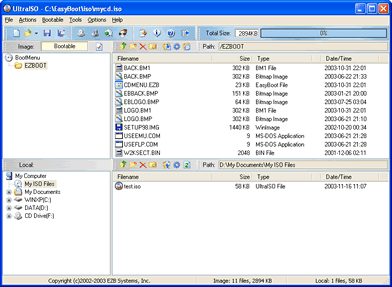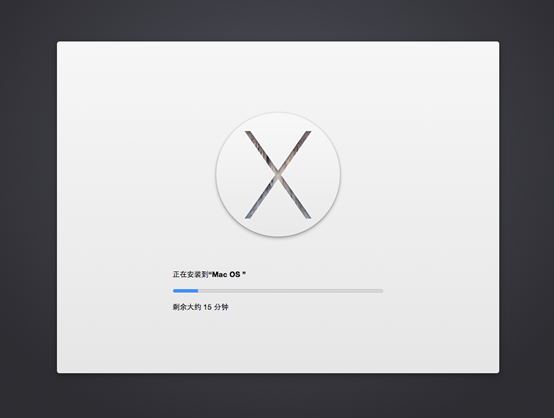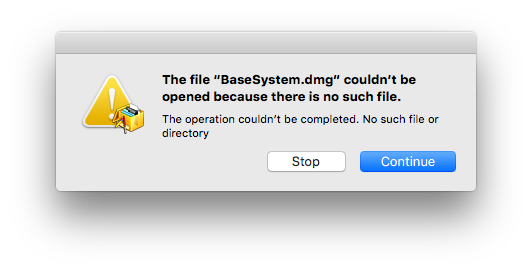Download macOS
To get the InstallESD.DMG, right mouse on “OS X Yosemite” select “Show Package Contents”. Go to Contents/SharedSupport, InstallESD.dmg should be there. Make a double click on InstallESD.dmg to make a volume of Yosemite installation on the left side: 3. Convert Yosemite.DMG to ISO format using Disk Utility. How To Make Dmg Into Iso Create Bootable Iso From Installesd Dmg Da Vinci's Liquid Dmg Mac Os X App Find Dmg How To Restore Dmg In Windows Explode As Fire Dmg Mod Poe Avidemux 2.5.6 Dmg Apple Configurator 1.4.3 Dmg Hit And Run Attended Vehicle-property Dmg Quelaag Furysword Not Doing A Lot Of Dmg.
Get FetchMacOS and place it in a known folder.
Open
Command Promptand usecdto go to the known folder.Run
fetch-macos.exe -p PRODUCTID -o SharedSupportwherePRODUCTIDis the macOS package you want to download.
Edit Downloaded Files
Rename
InstallESDDmg.pkginside theSharedSupportfolder toInstallESD.dmgEdit
InstallInfo.plistusing WordPad (or another text editor) and remove thechunklistURLandchunklistidkeys for InstallESD as well as renameInstallESDDmg.pkgtoInstallESD.dmg(example here)
Write BaseSystem to USB
Format the USB drive using Boot Disk Utility. Select
DLandSave after DLfor Clover Bootloader Source,Cloverfor Format Options, and a200MB Boot Partition Sizefor Multi PartitioningExtract
4.hfsfromSharedSupportBaseSystem.dmg--> save to it's local folderRestore
4.hfsto the USB's second partition ---> 2nd partition becomes bootable 'OS X Base System'
Resize BaseStstem USB Partition
Open Paragon Partition Manager Free and resize the second partition of the USB drive to the full size allowed. Don't forget to apply the changes at the end.
Copy Additional Data
Open TransMac and navigate to the
HFS+ Volume/Install macOS High Sierra.app/Contentsfolder. Right click anywhere in the empty space on the RHS pane and selectCopy Here.In the next stage, select the
SharedSupportfolder we created earlier as theFiles and Folders to be copied to the Mac Volume.
Bootable USB Installers for OS X Mavericks, Yosemite, El Capitan, and Sierra
First, review this introductory article: Create a bootable installer for macOS. Second, see this How To outline for creating a bootable El Capitan installer. Simply replace the Terminal command with the one from the preceding article by copying it into the Terminal window. You will need an 8GB or larger USB flash drive that has been partitioned and formatted for use with OS X.
Drive Partition and Format
- Open Disk Utility in the Utilities' folder.
- After Disk Utility loads select the drive (out-dented entry with the mfg.'s ID and size) from the side list.
- Click on the Erase tab in the Disk Utility toolbar. Name the drive, 'MyVolume'. <---- IMPORTANT!
- In the drop down panel set the partition scheme to GUID. Set the Format type to Mac OS Extended (Journaled.)
- Click on the Apply button and wait for the Done button to activate. When it does click on it.
- Quit Disk Utility.

Create Installer
Open the Terminal in the Utilities' folder. Choose the appropriate command line (in red) depending upon what OS X installer you want. Paste that entire command line from below at the Terminal's prompt:
Command for macOS High Sierra:
sudo /Applications/Install macOS High Sierra.app/Contents/Resources/createinstallmedia --volume /Volumes/MyVolume --applicationpath /Applications/Install macOS High Sierra.app
Command for macOS Sierra:
sudo /Applications/Install macOS Sierra.app/Contents/Resources/createinstallmedia --volume /Volumes/MyVolume --applicationpath /Applications/Install macOS Sierra.app
Command for El Capitan:
sudo /Applications/Install OS X El Capitan.app/Contents/Resources/createinstallmedia --volume /Volumes/MyVolume --applicationpath /Applications/Install OS X El Capitan.app


Command for Yosemite:

Create Bootable Iso From Installed Dmg Usb
sudo /Applications/Install OS X Yosemite.app/Contents/Resources/createinstallmedia --volume /Volumes/MyVolume --applicationpath /Applications/Install OS X Yosemite.app
Command for Mavericks:
sudo /Applications/Install OS X Mavericks.app/Contents/Resources/createinstallmedia --volume /Volumes/MyVolume --applicationpath /Applications/Install OS X Mavericks.app
Create Bootable Iso From Installesd Dmg File
Create Bootable Iso From Installed Dmg Files
Press RETURN. You will be asked for your admin password. It will not echo to the Terminal window. Then press RETURN again. Wait for the return of the Terminal prompt signifying the process has completed. It takes quite some time to finish. Be patient.
Sep 13, 2018 1:16 PM